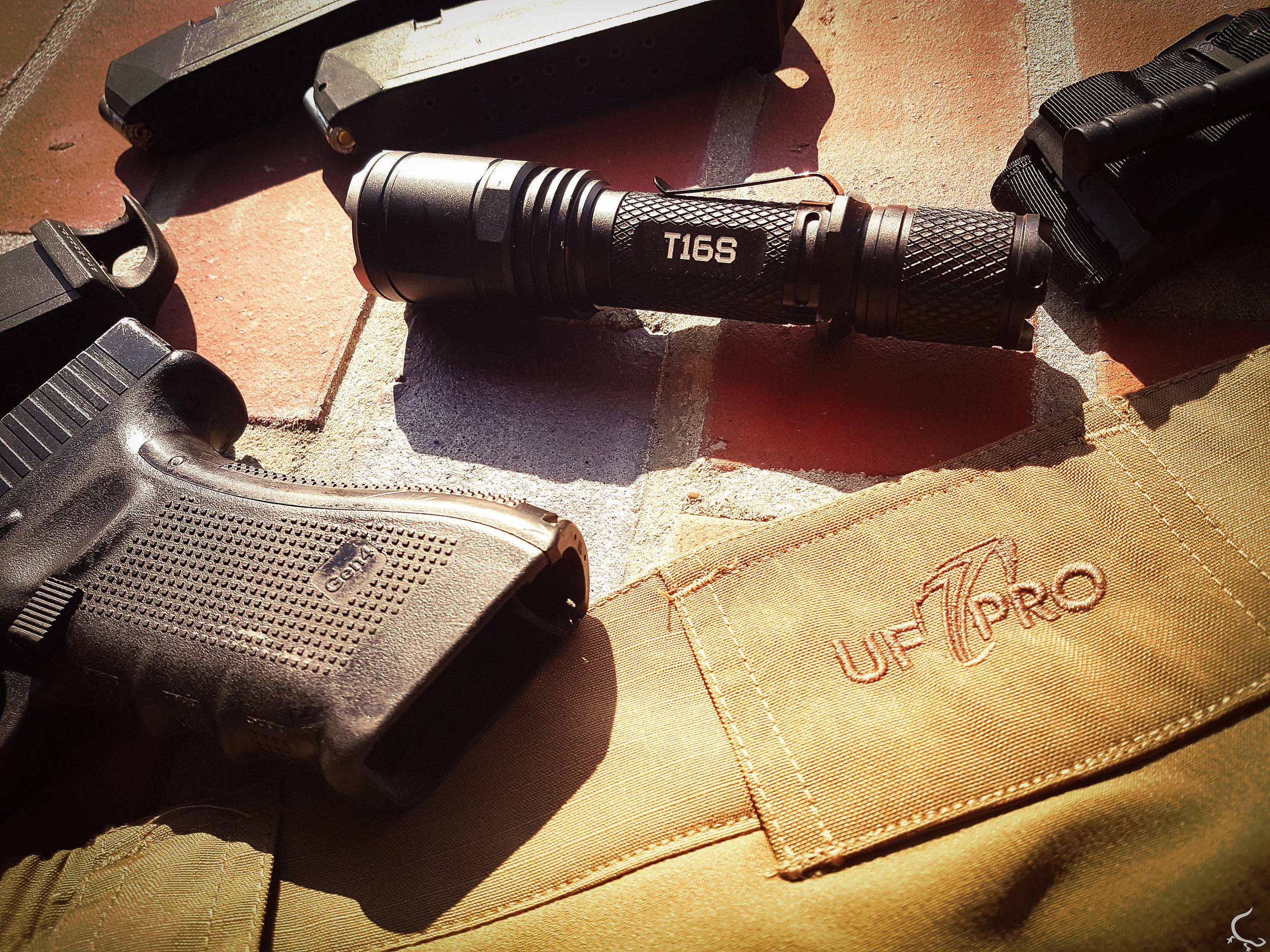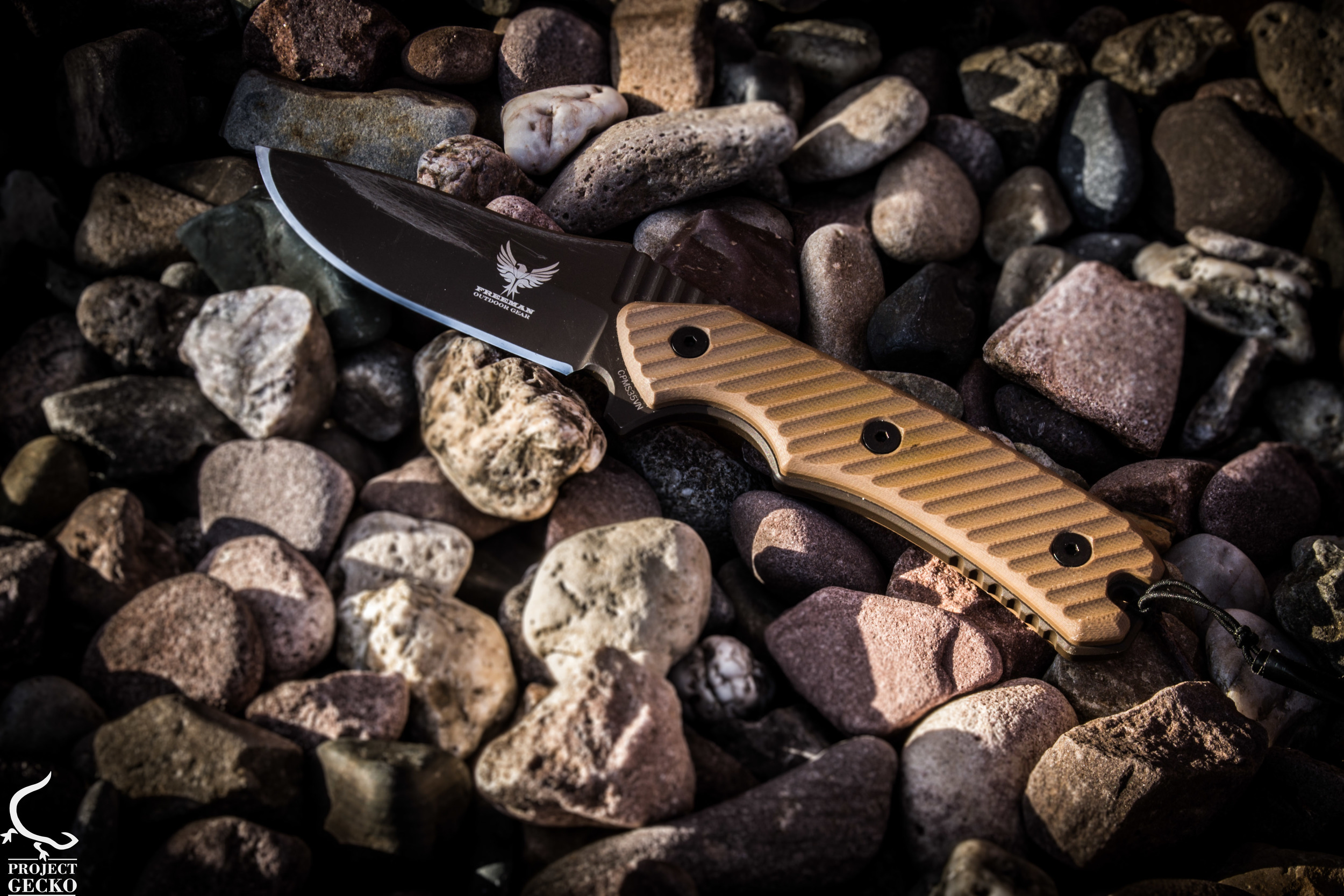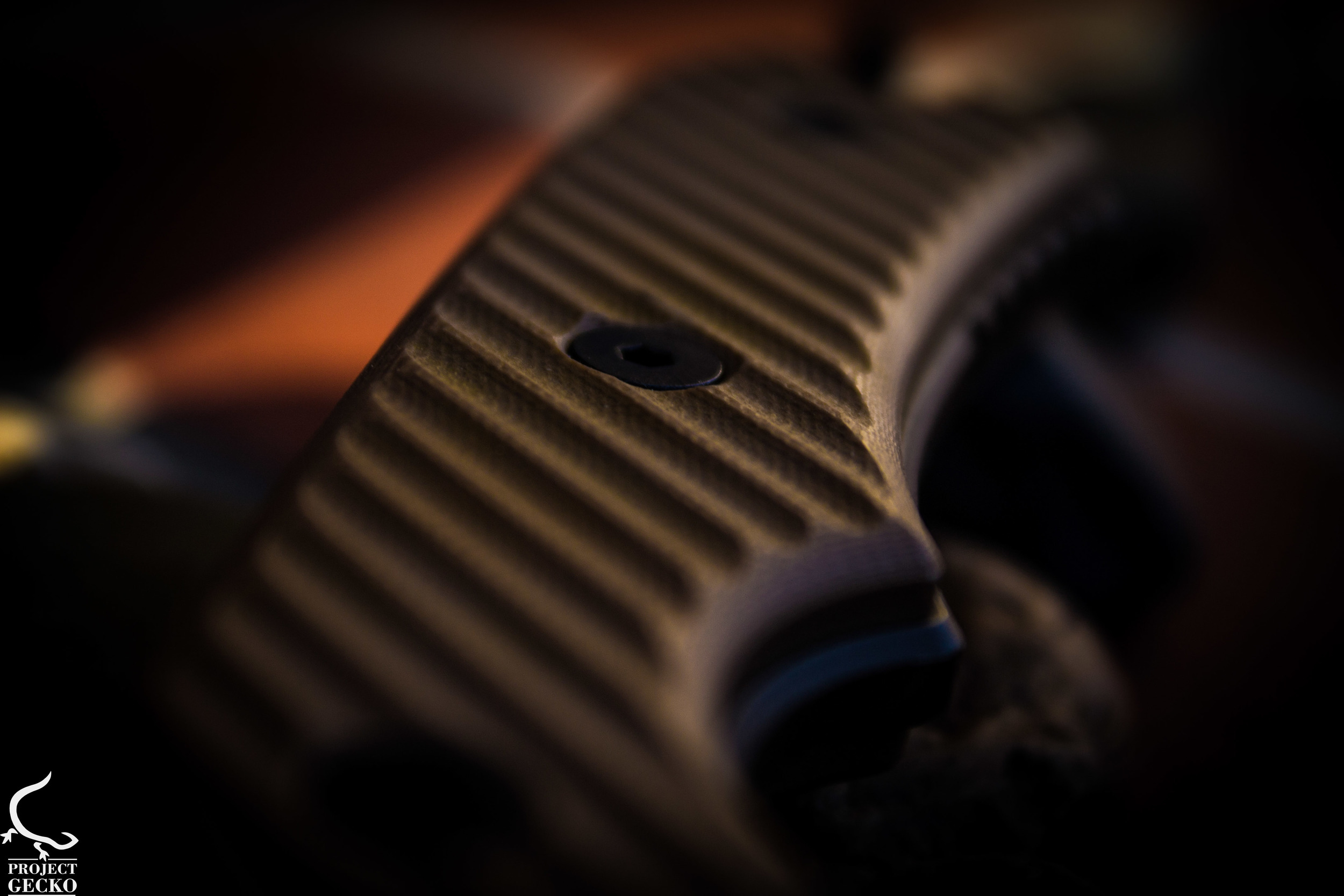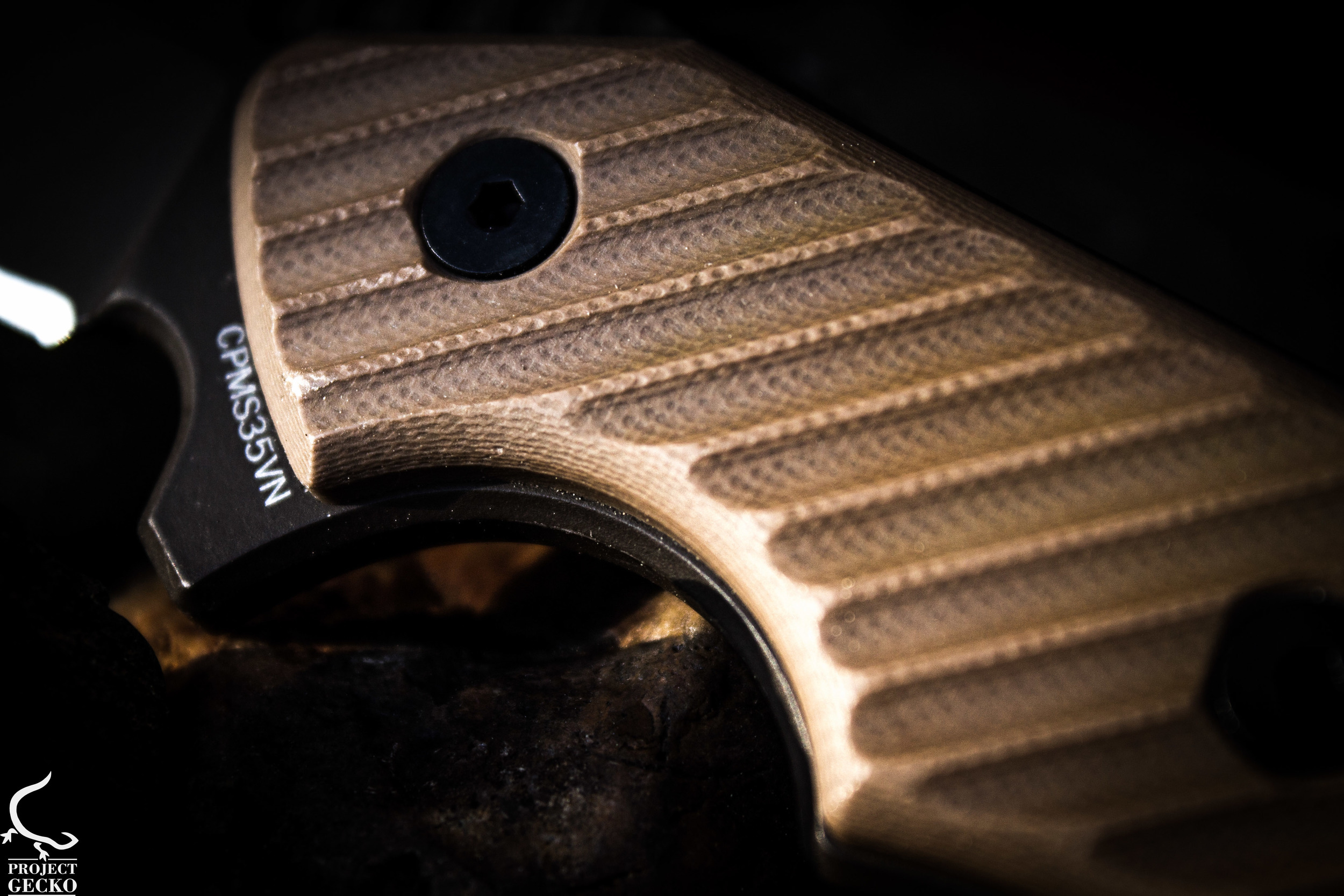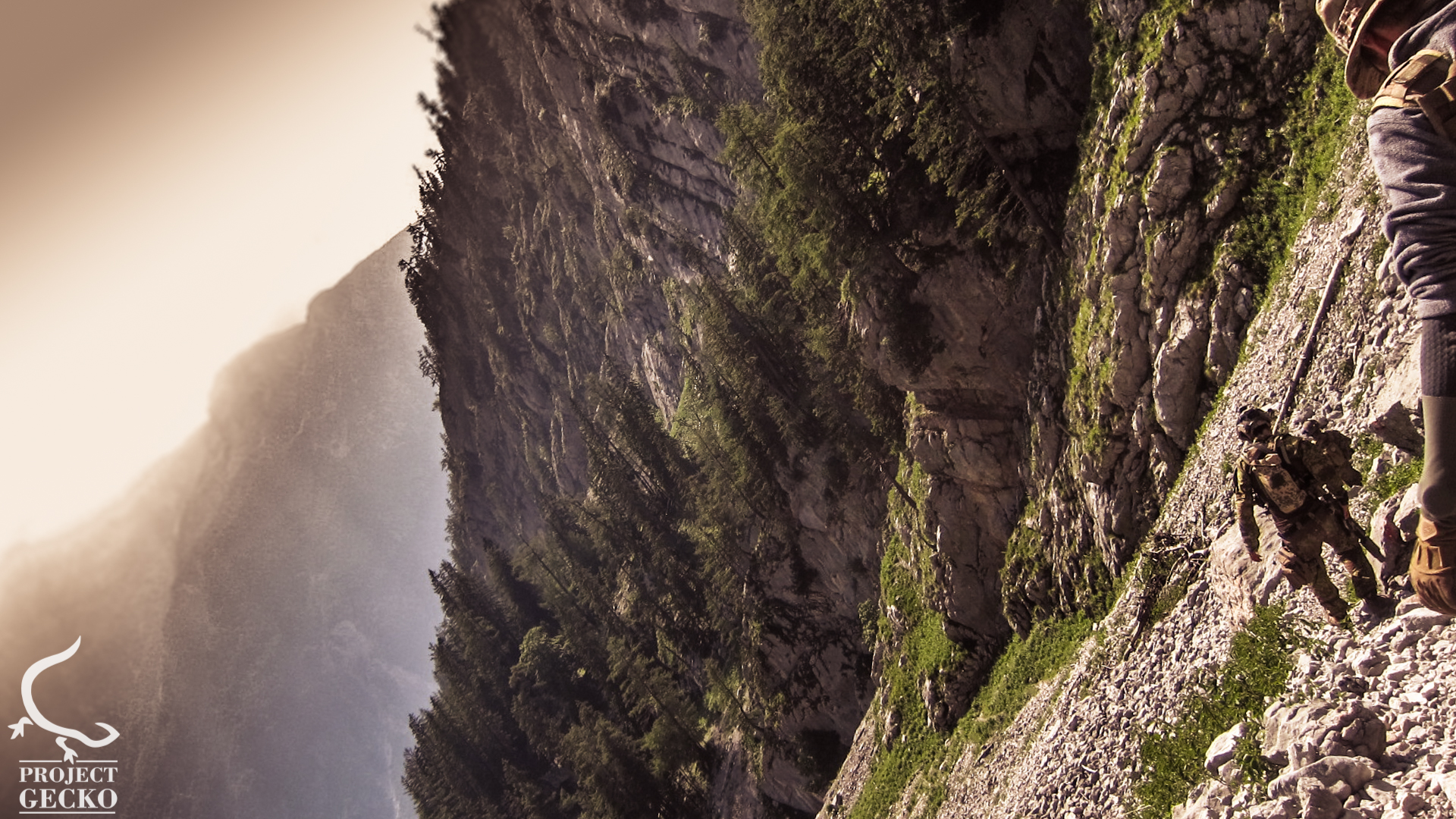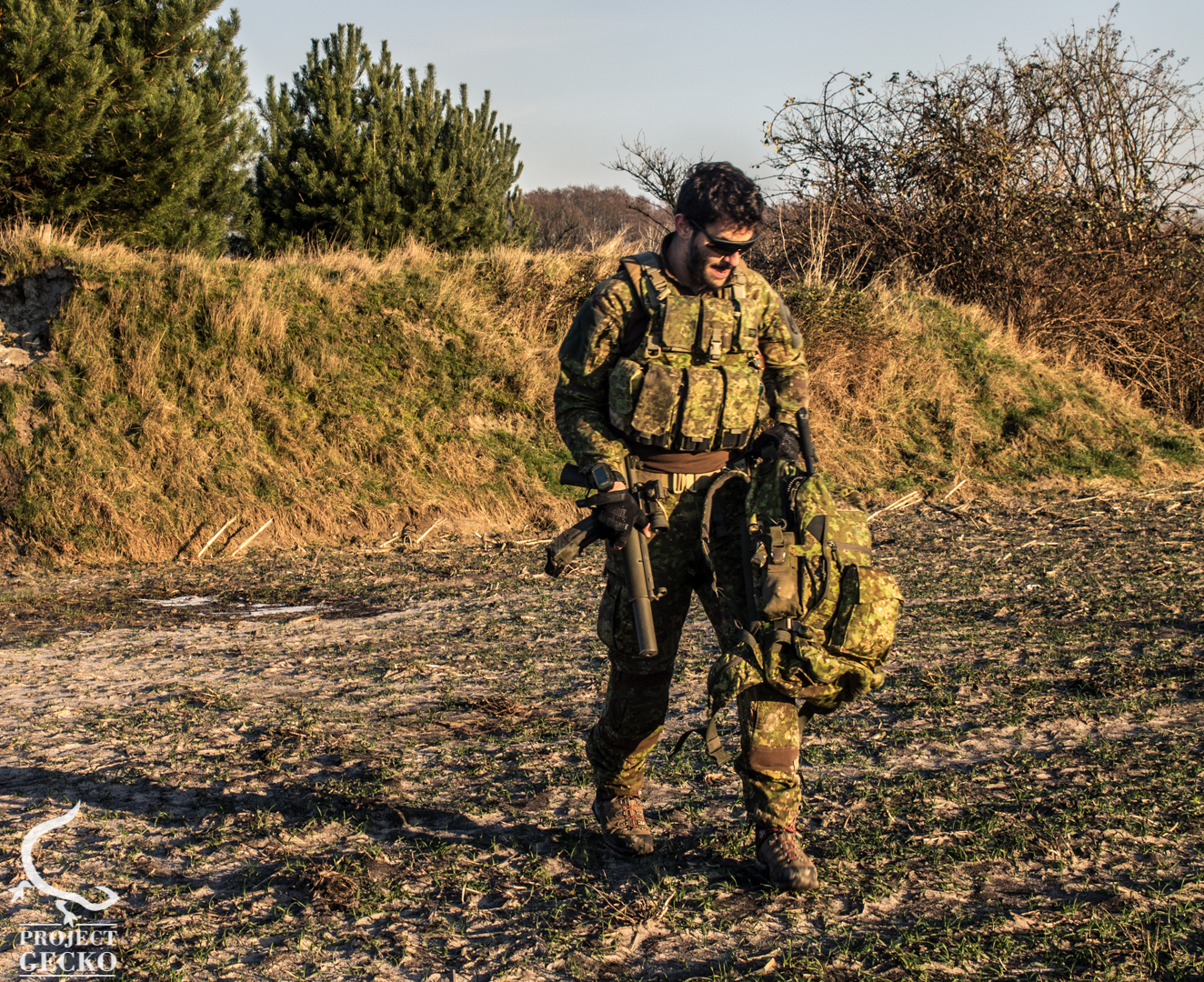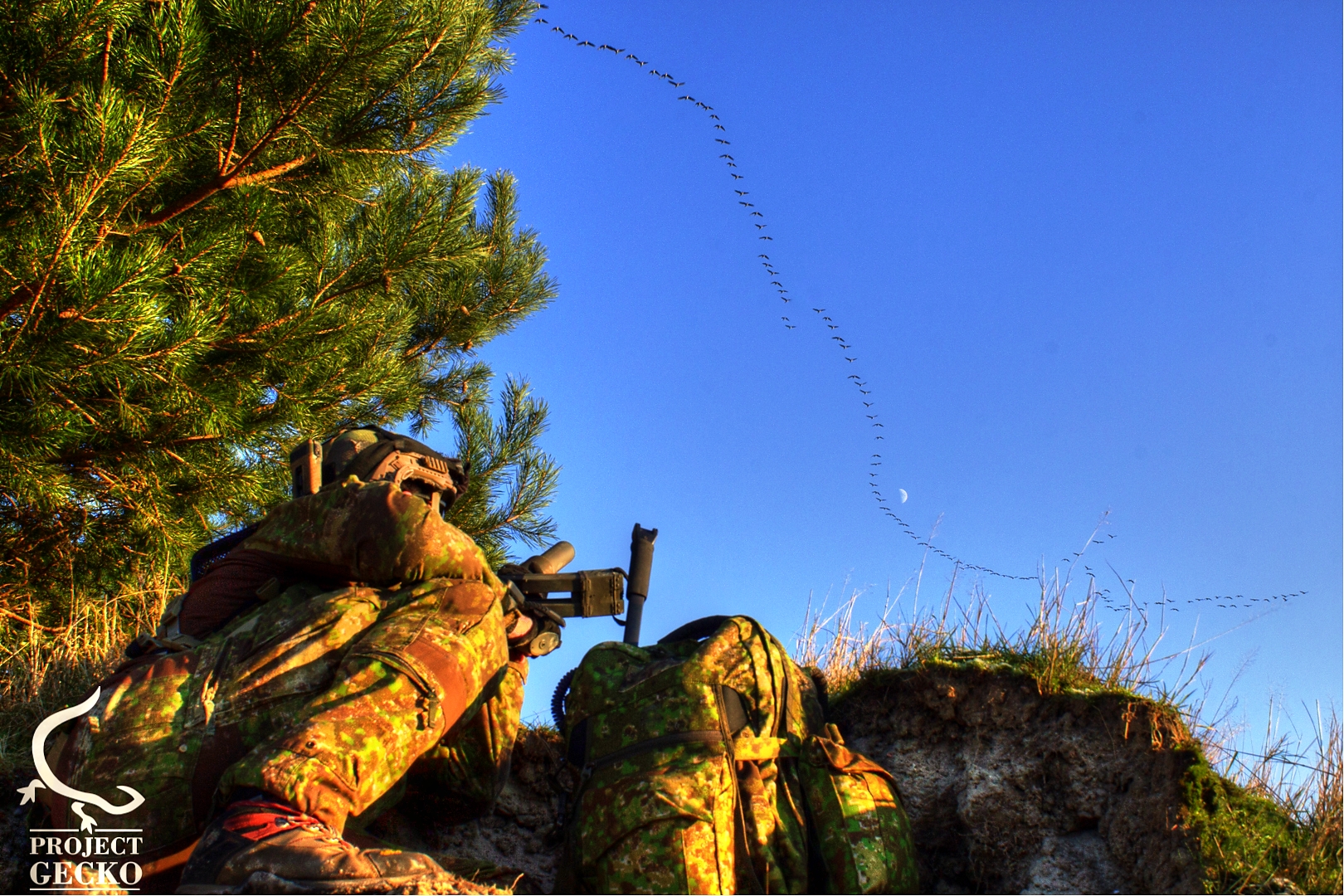Article about urban warfare, tactics, angles.
Viewing entries tagged
review
An in depth review of the P40 Urban pants by UF PRO, written by Project Gecko.
Knives – Something that shaped our ancestors to hunt & survive back in the day. Undoubtedly, while today focus is mainly on guns and the newest tactical clothing, knives from all types, shapes and purposes have been quite interesting to me. Back in the IDF a knife was an essential tool to get your job done. My common uses with a knife used to look like this :
Gear Repairs \ modifications
Cutting
Picking and prying
Splinters \ debris
Digging
In this review I am going to tell you my experience with the FOG after almost a year of an extensive use. This knife has been with me out there and definitely made my life easier with different tasks. My use consisted of outdoor & shooting range like activities.
Blade.
The FOG 451 is a full-tang fixed blade which means that the blade and handle are constructed from one continuous piece of metal, which is better to my opinion, if you tend to abuse your knife in your daily activities. The blade itself looks amazing, but above all it feels quite awesome. In my case, the blade went through a lot of rain & dirt. In order to witness its durability and withstand, I refused to maintenance or sharp my FOG 451 kit. The blade today is in a top condition, sharp and solid.
Because of a full tang, the durability and strength of the FOG 451 is guaranteed. The full tang allows you to exert and create greater force on the material being cut through the handle of your knife. A full tang is stronger and without a question an advantage. It also makes the knife balanced, since the weight of the metal extends through the handle of the knife.
The FOG 451 blade was constructed out of a CPM-S35VN stainless steel with a drop point blade. The drop point is a common design for hunting knives and by far one of the most popular blade shapes in use today. When I first received the Fog 451, obviously the knife was insane sharp – but even today, after all that use, the knife is still sharp and ready to fight.
Finish & Design.
Speaking of the blade...its finish is quite amazing, a true eye candy. I´m not a knife expert, but I do know how to appreciate art and semantics and the little details. The Cerakote finish, unlike other knife manufactures, stands up to the toughest task. I used and abused this knife for so many stuff, from peaking dirt & dust out of small objects, my pistol to cutting rough objects. Despite the rough use and long exposure to nature elements the Cerakote finish is still in a great condition, compared to other knifes I used to own.
The design itself is just beautiful and most important – productive. When you look at the knife for the first time, it may give you the feeling that this knife is stuck in time, between future & past. The design, especially with the drop point, reminds me of the old style of hunter knifes (dating long before 19th century) and while quality is something that improves with the age of the product, the handle and other features in the FOG 451 gives the end use a modern, technologically advanced knife.
Speaking of design...It's all in how you arrange the thing, the careful balance of the design is the motion and so is with the overall design and texture of this knife. The FOG451 looks alive, dynamic and in motion. It has a perfect shape, on both grip & blade resemble, a sharp & though character, but also a gentle and sensitive gesture. The grip (which could be easily disassembled) resembles a perfect harmony with the body of the blade itself. They fit together, flawless, without any sticking edges or irregular points. It´s all together, in according to each other shape...pretty much like nature.
The Grip.
The grip, from my point of view, splits into two, based on how I tend to use my knife. It is also important to remark that the grip is fixed onto the tang with 3 bolts.
Grip\ palm – Very comfortable. At least for my hand and palm the grip feels perfect. Further more it´s a unique design, with those small ''channels'' (cross-hatched patterns) that gives the end user flexibility and insurance of save use, even when its rainy and your knife is wet.
Jimmping – Nothing unique, but the FOG 415 Jimmping (machined cuts or cross-hatched patterns on the back of the spine of the knife ) are quite nice, and actually really comfortable for precision cut with the knife. Very comfortable...and a great design which you could easily work with, even with a glove.
The overall shape and feeling of the grip is just awesome. Ergonomic, user friendly and durable, like it has to be.
Finger guard – Safety.
When I was in the military, I had a chance (like most of us 'wilderness guys') to run across some folks who get cut ridiculously from their own blade. Whether it was an environment circumstance or the person itself...its quite unpleasant. The FOG451 bottom part of the handle, just before the blade, contains a ''U''- like design, that acts as a finger stop. Personally I´m in favor of this little design as it allows me not only to work safely during dark night or wet conditions, but also to initiate even stronger pressure towards cutting objects.
Sheath
The Sheath I got with my Fog 451
I used to carry this knife on my plate carrier, belt, battle belt, backpack, you name it. The knife was friendly and comfortable. Currentyl, Freeman offers two types of Sheath upon your purchase – Kydex & SpecOps...I have the Kydex, which is excellent.
What I find quite awesome in the FOG 451 sheath is its flexibility with different carrying platforms. Thanks to its unique structure the Kydex Sheath is ready with attachment points for horizontal, vertical, PALS and Para cord lashing/mounting, but that’s not all. On its back of the FOG is placed a pretty awesome feature for quick release or attachment, in case you want to secure your knife to a belt, Molle and basically anything in any way. It´s that little design that simplify life. Personally I found it a great plus for removing quickly the sheath when not in need. Another advantage is how easy it is, to attach the sheath to any Molle based surface.
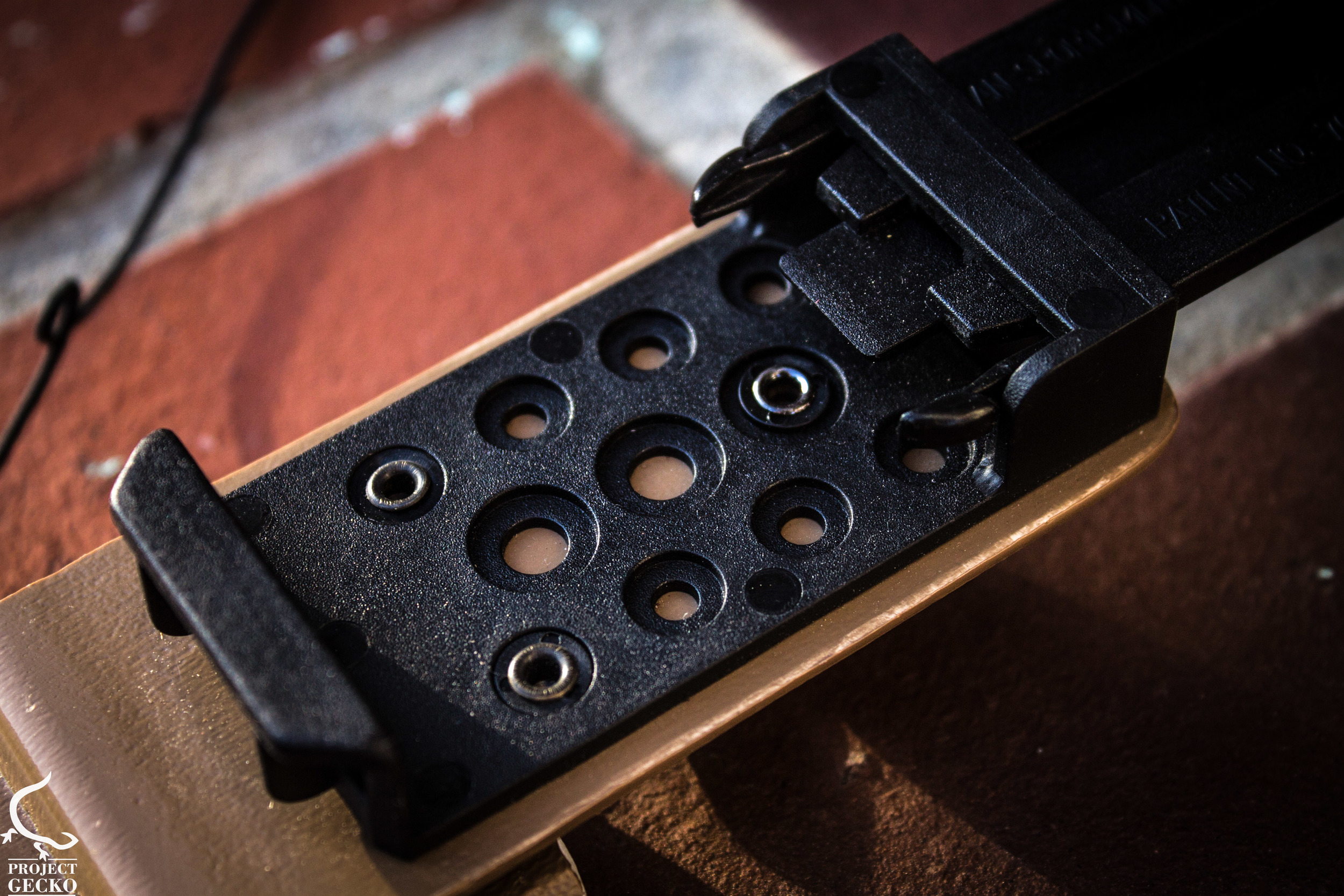

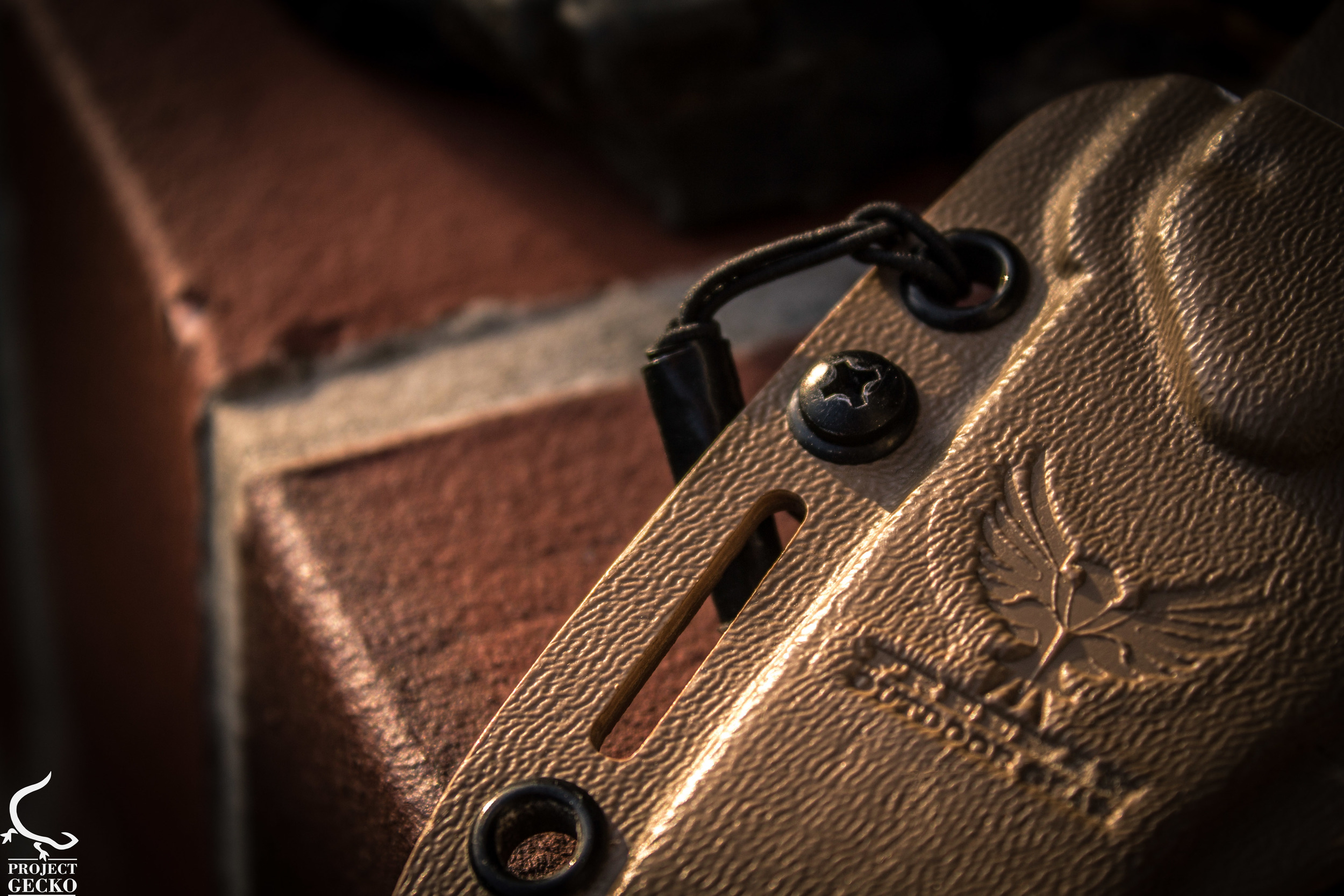

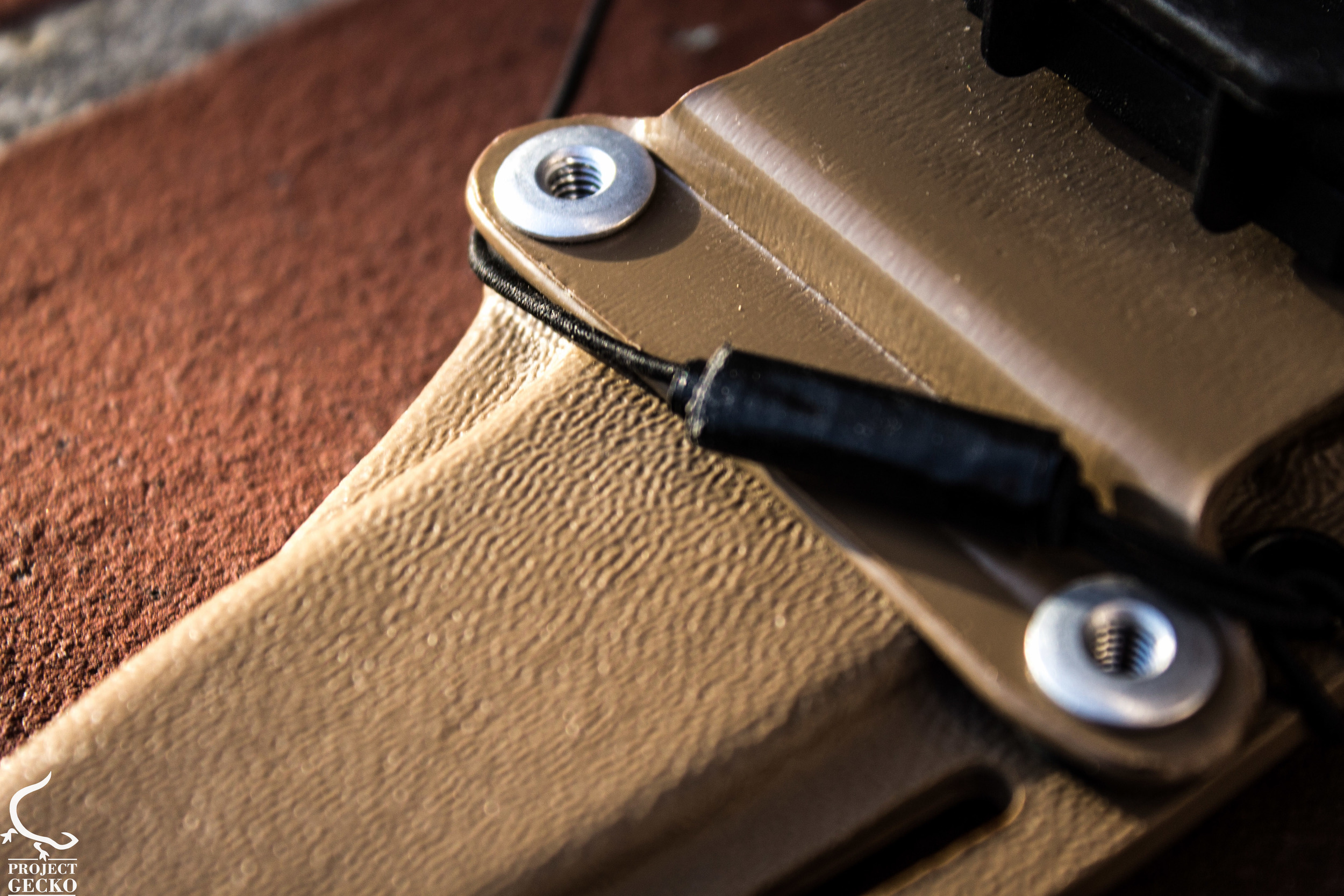
The durability of the Sheath is not to question. It´s not only looking, it really is solid strong and rugged, with a fine design, which won´t get in your way or would damage the knife. In the bottom of the Kydex is a small drain hole, which guarantees an empty Kydex, in case you should find yourself in a storm.
Summary.
The Freeman Outdoor Gear Fixed Blade 451 is a rugged, tough and a heavy duty knife. This knife won´t break or worn off so easily and will definitely act as the leader of your EDC 'gang'. With its Kydex Sheath the FOG451 is almost the best you can have. Comfortable, robust and above all – flexible & dynamic upon user needs. Jeff's decisions on design and his pick of material results in an outstanding knife.
Should you want to get this knife, visit G-Gear in Germany. They are an official distributor of Freeman Outdoor Gear in Europe, with high selection of knives and a quick shipment. Get it here : www.g-gear.com
Thank you for reading,
Eli.
Prologue
If there is one type of equipment I consider "challenging" enough to review – it is a backpack.
Choosing a backpack is like choosing a boot or a running shoe. It MUST be comfortable and breath taking from the very first moment you use it. I am a big fan of backpacks...in all shapes and capacities.In this review I am going to do an evaluation of the Tasmanian Tiger mission bag, a 37 cubic inch backpack. It is also important to remark that Tasmanian tiger expected to release up to 15 products with Pencott camo application.
Choosing the right backpack for your mission or activity depends initially on the type of activity or perhaps a mission. With most backpacks having a capacity range of 25-L to 100-L, it is important to understand what you need from the backpack, and how it should fit into your activity. Or let's rather say, how should my backpack increase my efficiency and effectiveness in the field?
But hold on a second - What makes a backpack a good backpack?
THE KEY FEATURES
1.Durability
First and most important – durability. Having already a ripped shoulder strap or a broken zipper after a 72 Hours SR sucks. Not only that it sucks, it harbors a dangerous option of losing equipment, and leaving traces in the field - something a professional can not allow to happen, especially not during a SR. Rather than the operational aspects, it simply renders the component "out of use".
2.Comfort & back system
This part is as crucial as wearing the right boots size. Choosing a backpack without a good back support or air ventilation is a sin. (Ventilation is less crucial to those who wear Armor \ Plates etc) A proper back system will not only give you a comfortable feeling while carrying heavy payloads, but it will also ensure a healthy, long lasting back. Yep, simple as that. If you go out into a mission, with a backpack that is not supportive enough for your back, you will gain pains in areas such as the neck, shoulders & lower back pretty quickly...that pain during a mission will reduce your effectiveness and concentration.
2.Capacity VS efficiency
It takes two hands to make a backpack. It takes two hands, experience, mindset and wisdom to create an efficient backpack. With that being said it is important to check if your backpack in fact is efficient. Ask yourself a simple question: "Does the compartment layout makes sense ?" or "How can I use it efficiently instead of just throwing stuff inside?" And so on.
Now that we understand these important three most important features, or lets call them "key" features, we can dive into the Tasmanian Tiger mission bag, and figure out how that bag has an advantage over other products.
Quality, Craftsmanship & Thought
A lot of thought and experience was embedded into this product. I currently have the 8th Generation of the Mission bag. Which means much was improved and changed over time. The craftsmanship of this product is beyond top notch, it is bordering art. After 10 minutes of looking through the features, putting stuff in & out the bag – I can testify and ensure you that someone put a lot of research and exemplary work into this bag.
Handles.
One of the nice features which I personally really missed in my own military service are those handles. The mission bag includes 4 handles. The main handle on the top, which is covered by a soft,PVC- like material, is one of those casual handles you´d come across in any modern design. Two others are something less common and located on the left & right bottom of the bag (just behind the waist straps).
Main carrying handle
Center- Lower part of the backpack
Side handle. Located on the lower side of the backpack on both sides.
The 4th handle is located inside the lower compartment, which is exactly in the center of the bag basis.(This compartment is also used as a storage point for the rain cover).
The use of the main handle on the top of the bag is pretty clear – so let's focus on the three others.
Those handles allow a comfortable handling of the backpack .The lower handles, located on the lower sides of the bag, allow the individual an easy access in cramped environments where every centimeter counts. I´m referring of course to vehicles, helicopters and APCs. Instead of pulling some “unidentified” part of your backpack – you got something to hold on to.
A combination of the handles on the top and bottom can also become very efficient if you need help from a friend to carry the backpack between vehicles, or short distances.
“‘’When you hiking over 80km to your target,carry a total of over 50% body weight because all of the utility you need -There most be some level of trust in the equipment you use. In the field, the backpack is your kitchen,logistic warehouse and the only property you could proudly call ‘home’.’’ - Eli.”
Access.
The TT mission bag has a pretty awesome design which results in a very simple yet incredible access to its compartments.
While in most traditional tactical backpacks (I´m referring to 25 – 45 cubic inch , commonly known as 3-day packs or assault pack) the external access is pretty much the same, the internal part is actually where the true creativity and perfection lays. Unlike other backpacks, it looks like TT really spent time and thinking, on how to utilize to the maximum of the space in this mission bag, and how to divide it in a way which will guarantee a “freedom of access” and less limitations, which connects with the next point.
Upcoming Tasmanian tiger products in Pencott GreenZone & Badlands:
Interested in a detailed evaluation \ review of your product ? contact us via : contact.project.gecko@gmail.com
Next part of the review will focus more into the carrying capability & internal design of the TT mission bag.
Thank you for reading guys,don't forget to share...see in part 2 !
Eliran Feildboy
CEO & FOUNDER PROJECT GECKO
WWW.PROJECTGECKO.INFO
